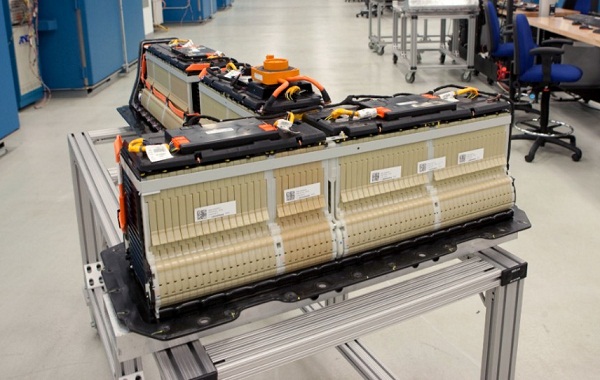The debate on how green electric cars really are often focuses upon two aspects – the type of energy sources powering the grid the vehicle’s batteries get their juice from, and the batteries themselves. It is this latter item which was recently the focus of an intense study examining the “cradle to grave” aspects of battery technology and what might be done to make them that much more environmentally friendly.

The study, conducted by Abt Associates for the U.S. Environmental Protection Agency (EPA), noted that while lithium-ion batteries, used to provide the energy for plug-in hybrid and electric vehicles, can overall help reduce greenhouse gas emissions, there is still “areas for improvement to reduce possible environmental and public health impacts.” An example of this you might ask? Consider, noted Jay Smith, an Abt senior analyst and co-lead of the life-cycle assessment of the batteries, that the batteries that use cathodes
with nickel and cobalt, as well as solvent-based electrode processing, show the highest potential for certain environmental and human health impacts. The environmental impacts, Smith explained, include resource depletion, global warming, and ecological toxicity—primarily resulting from the production, processing and use of cobalt and nickel metal compounds, which can cause adverse respiratory, pulmonary and neurological effects in those exposed.There are viable ways to reduce these impacts, he said, including cathode material substitution, solvent-less electrode processing and recycling of metals from the batteries.